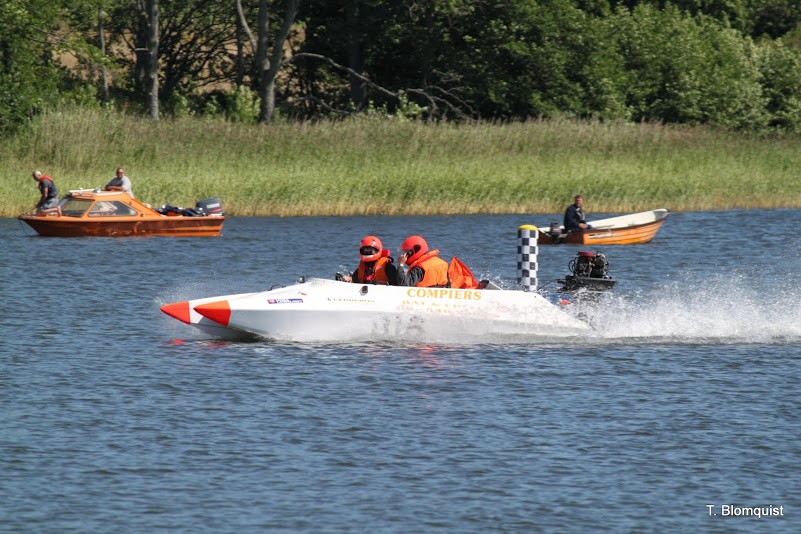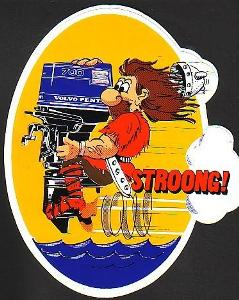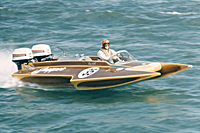Thanks!
That picture gave me some ideas

Belive it or not but the lenght and diameter of the different lines is according to the work shop manual, it states that the routing of the longest one (from the divider to the bottom carb) is very important. It seems to work and therefor I left it as it is. But I agree that it looks really bad...
I will do some changes to the tanks and fuel lines aswell, today I'm using two OMC tanks wich fits quite well under the deck. Unfortunally they come with the normal OMC connectors wich sometimes leak and I feel that they must be a real restriction. I will remove the connectors and replace the pickup with bigger tubing.
Maybe this doesn't help the specific problem with the engine cutting out but the present arrangement is not good anyway.
I would prefer not to go to an electric pump if that could be avoided. I'm having a small battery and the trim pump is using quite a lot of current, besides the engine's charging system have never been really great either. Guess I can try to add a second vacuum operated pump and see if that helps, switching to a electric is easy if it doesn't work!
//Per
)



 Thanks:
Thanks:  Likes:
Likes: 



 Reply With Quote
Reply With Quote








Bookmarks